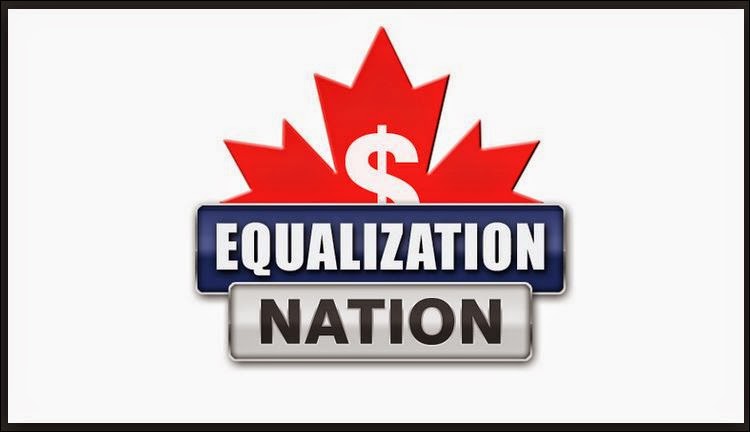As Quebec Sees It
The nearly $68-billion Ottawa will send to the provinces next year in healthcare, postsecondary education and equalization transfers is an aggregate amount. But how that money gets divvied up between the provinces is based on a series of mind-bogglingly complex formulas that factor in tax revenues, population shifts, recent economic performance and a host of other variables.
That means that, although overall federal cash transfers will increase by 4.6 per cent next year, every have-not province except Ontario will see a much smaller increase. Overall, equalization payments will increase by $672-million next year. But Ontario will get 56 per cent of that total.
With $iJ25-billion or 6 per cent more from Ottawa next year, Ontario will again replace Quebec as the biggest recipient of overall federal transfers, with a haul of $204-billion. Ontario Premier Kathleen Wynne might consider this only right, considering that last year, Ottawa cancelled a discretionary program that ensured no province would see its year-over-year transfers fall just as Ontario became eligible for it.
That deprived Ontario of an estimated $640-million.
Still, since Ontario began collecting equalization in 2009, the five other have-not provinces have been getting squeezed. The result is that New Brunswick will see a meagre $3-million increase in equalization payments next year. Overall, its federal transfers will grow by a lowly 1.7 per cent.
Nova Scotia will fare even worse, with a 14 per cent increase in federal transfers. Manitoba will get $i2-million less in equalization, while its overall transfers will increase by 2.2 per cent.
Quebec will fare much better - with a 3.8 per cent increase - but not nearly as well as Ontario.Ontario's increasing take "leaves comparatively less room for the smaller, equalization-receiving Maritime provinces and Manitoba," notes a recent study by the Frontier Centre for Public Policy and the Atlantic Institute for Market Studies. This presents "a significant fiscal challenge to all four provinces, as their expenditures perennially exceed revenues even in the context of Canada's continuing economic recovery."
It's not likely to get much better. Ontario's short-term economic prospects have brightened considerably with a lower dollar and oil prices. But its public finances are still on a collision course with reality. According to the CD. Howe Institute, Ontario would need to increase provincial taxes by 70 per cent to finance its future health-care obligations on its own.





Comments
Post a Comment